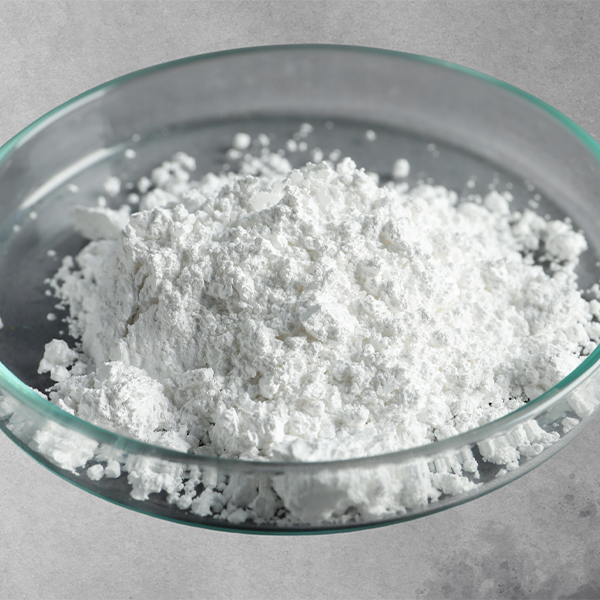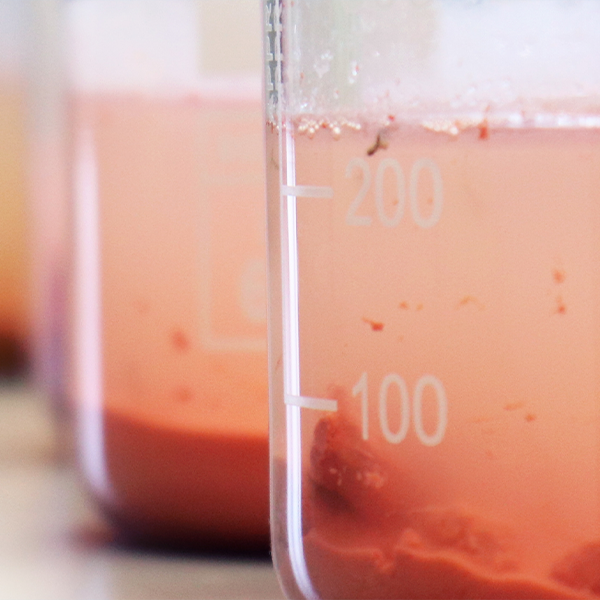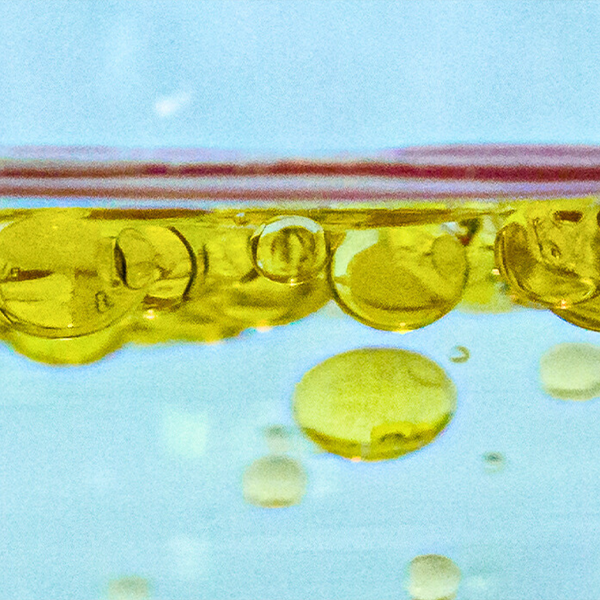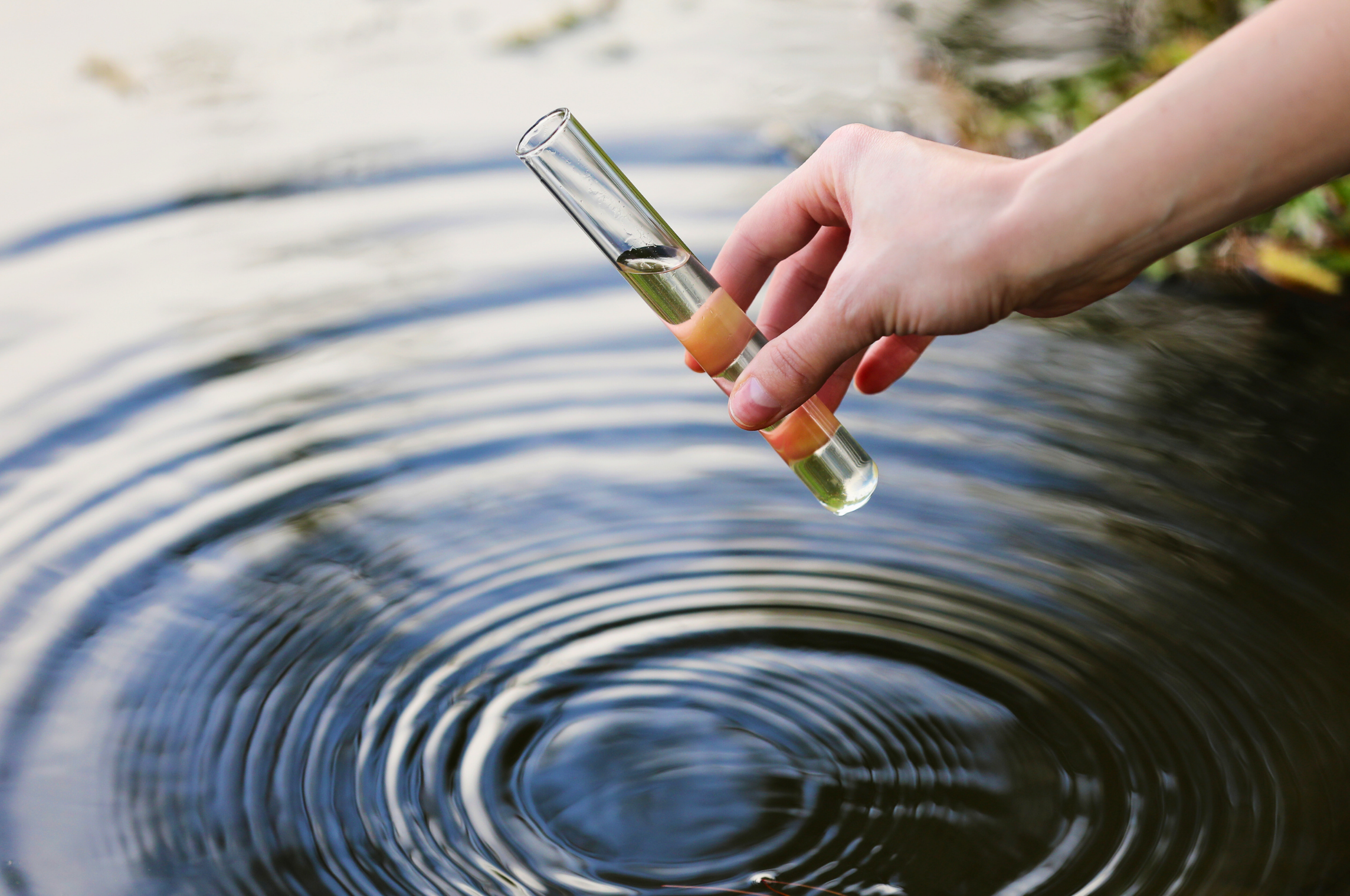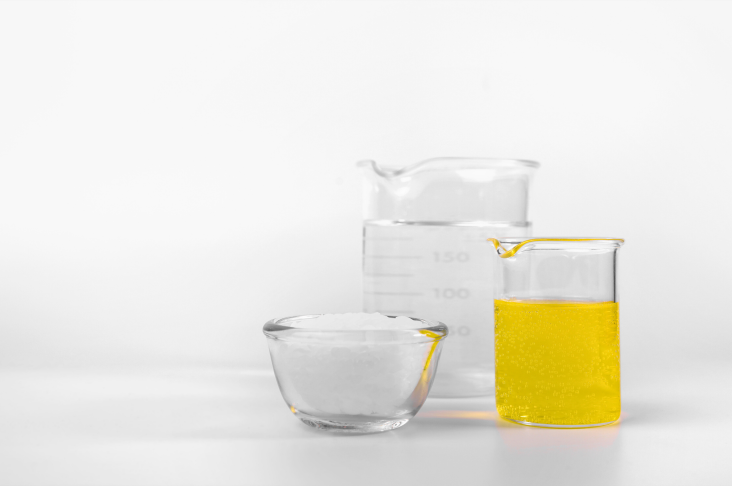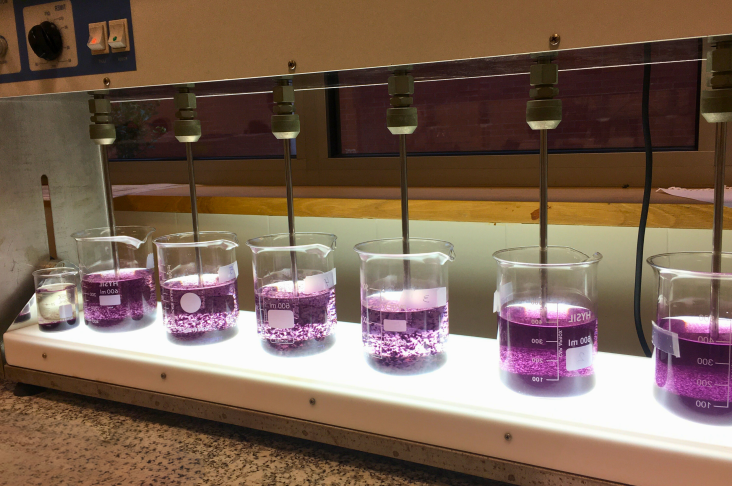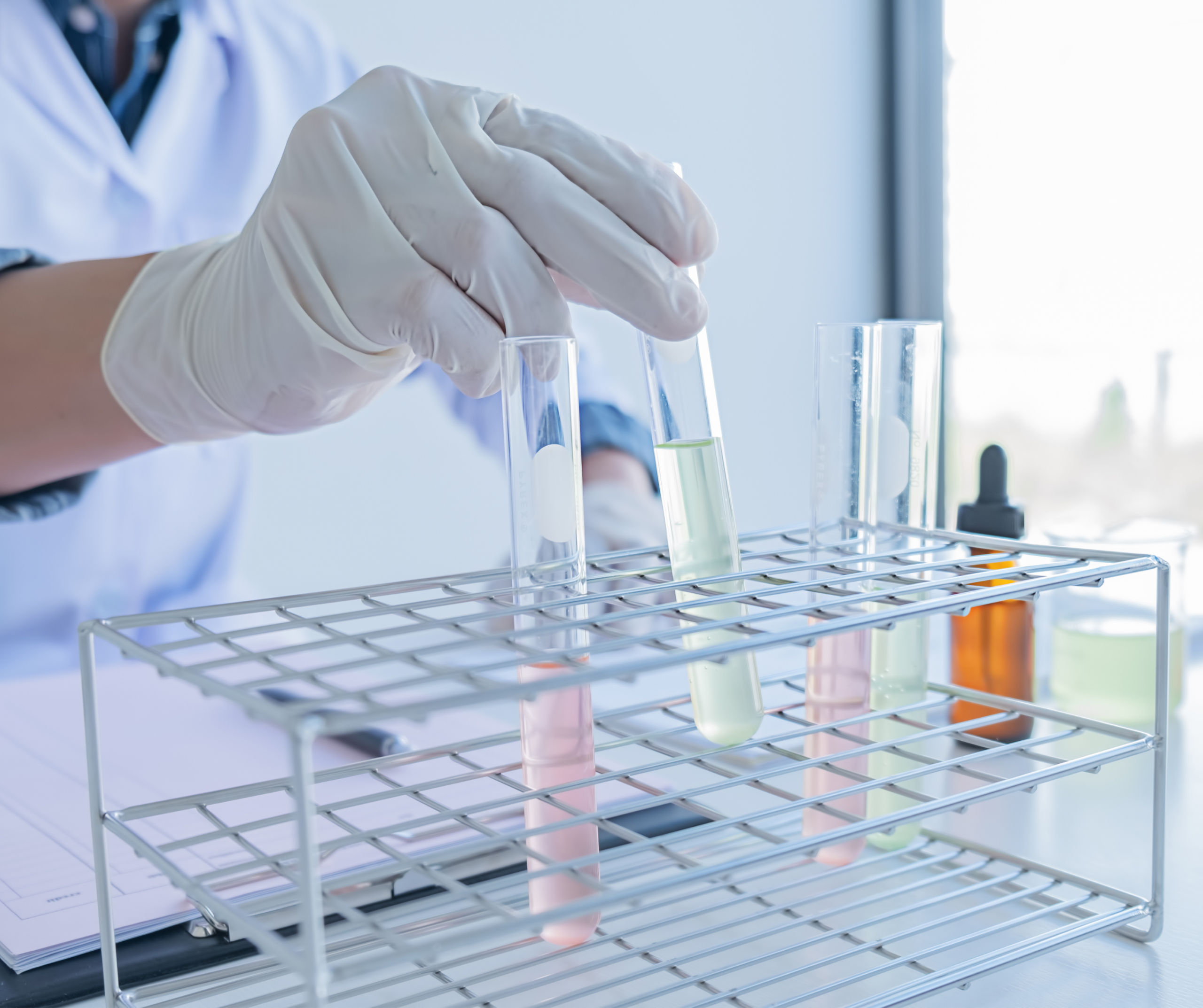Clean water and wastewater contain suspended solids composed of particles, as well as colloidal or dissolved substances. Suspended solids are made up of particles larger than 0.001 nm in diameter. Colloidal substances have diameters between 10⁻³ mm and 10⁻⁶ mm. Smaller particles are classified as dissolved matter—molecules or ions dispersed in water—with diameters ranging from 2×10⁻⁸ cm to 10×10⁻⁸ cm. Dissolved substances cannot be removed from water through filtration. Suspended solids larger than 0.01 mm in diameter settle by gravity, while colloidal substances can be removed through coagulation.
Colloidal particles have two key properties:
Adsorption: the ability to attract and accumulate other substances on their surfaces.
Electrokinetic properties: surface charges that give colloids specific electrical behavior.
Colloidal particles acquire an electrical charge relative to their surrounding medium. When two electrodes are placed into a medium containing colloidal dispersion and direct current is applied, the particles move toward one of the poles. Electrically charged particles may attract or repel each other.
The main organic compounds present in wastewater include proteins, carbohydrates, fats, petroleum residues, and urea. In addition, various synthetic organic molecules such as surfactants, phenols, and pesticides can also be found. In wastewater of moderate pollution levels, approximately 75% of suspended solids and about 40% of filterable matter are of organic origin.


